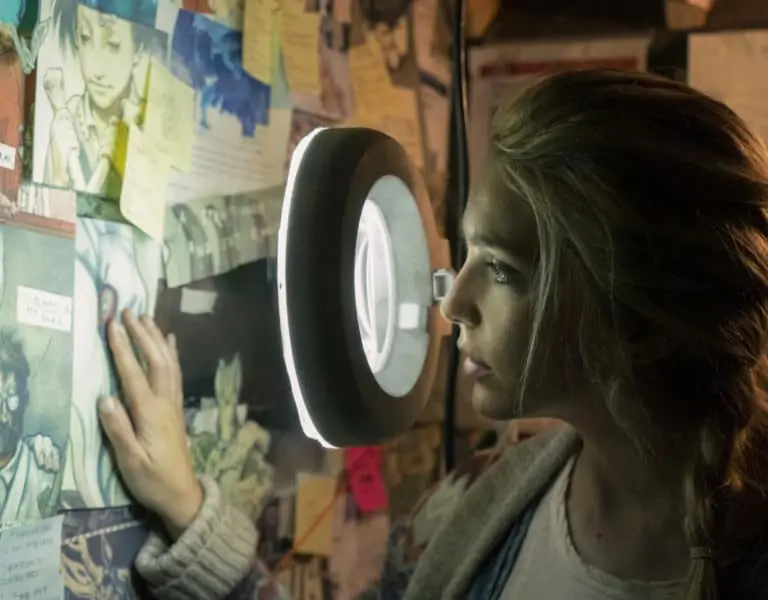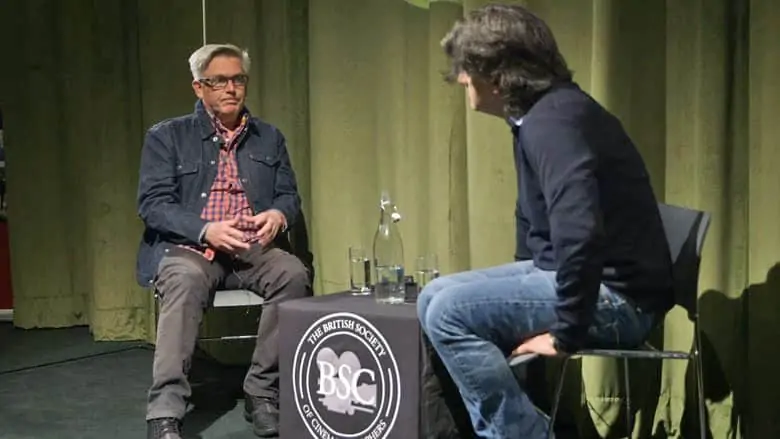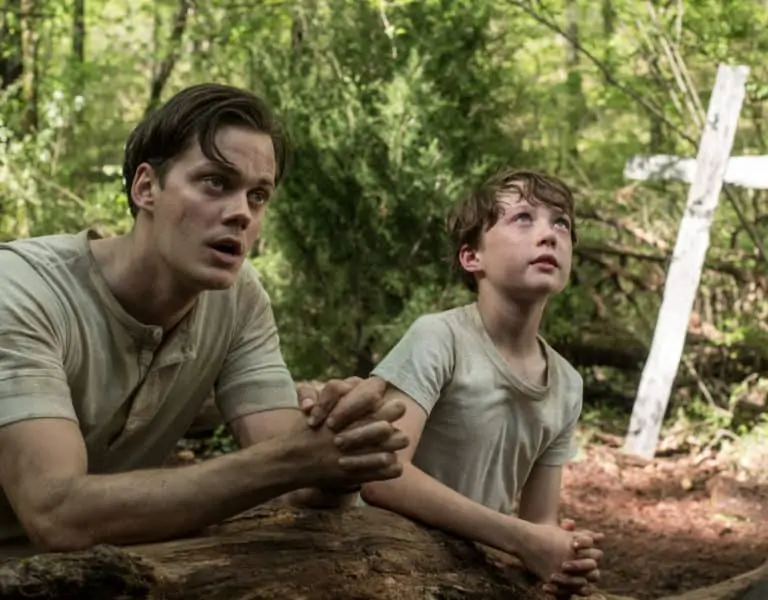A FAITHFUL RESTORATION
Nina Kellgren BSC, director Isaac Julien, BFI curator William Fowler, and BFI technical delivery manager Douglas Weir discuss the process of restoring 1991 British indie feature Young Soul Rebels as well as sharing details of the film’s creation.
In 1991 a low budget British indie feature won the Critics Prize at Cannes. The Hollywood Reporter review of the time said: “The movie vibrates with a youthful vigor (sic) that’s contagious, aided enormously by Nina Kellgren’s slashing views of back-street London.”
This was Young Soul Rebels, the first (and only narrative) feature directed by Isaac Julien which has been treated to a restoration and 4K digital remaster by the BFI.
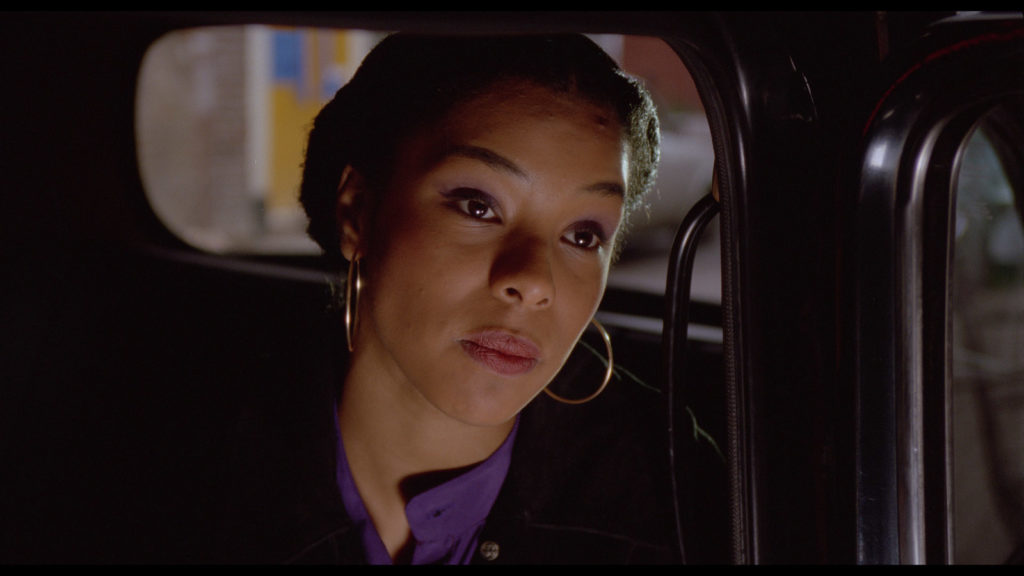
“It is strange to see your work of 30 years ago,” says Julien. “The film curiously occupies two camps. On the one hand the subject of the film is about what the generation were doing in the 1970s. Viewing the film today also says something about the perspective of films being made in the 1990s on the earlier era. What I am really excited about is the prospect of a whole new generation being able to view it. Young Soul Rebels encapsulates those things in quite a unique way – even to its director.”
Co-scripted by Julien, the film is set in 1977 in London during the week of the Queen’s Silver Jubilee when punk and the Pistols weren’t the only ones giving two fingers to the establishment. Young Soul Rebels centres on a black DJ (Valentine Nonyela) who is arrested when a friend is murdered in a London park. What the killer doesn’t realize is that the victim was carrying a cassette recorder with the sounds of their death captured on tape.
“It was important for Black British cinema when it came out and remains a fascinating piece of work,” says BFI curator William Fowler. “Isaac is also a very successful gallery artist exploring experimental and self-reflective ideas in all his films. Young Soul Rebels is important in terms of an artist’s filmmaking practice and its engagement with queer history.”
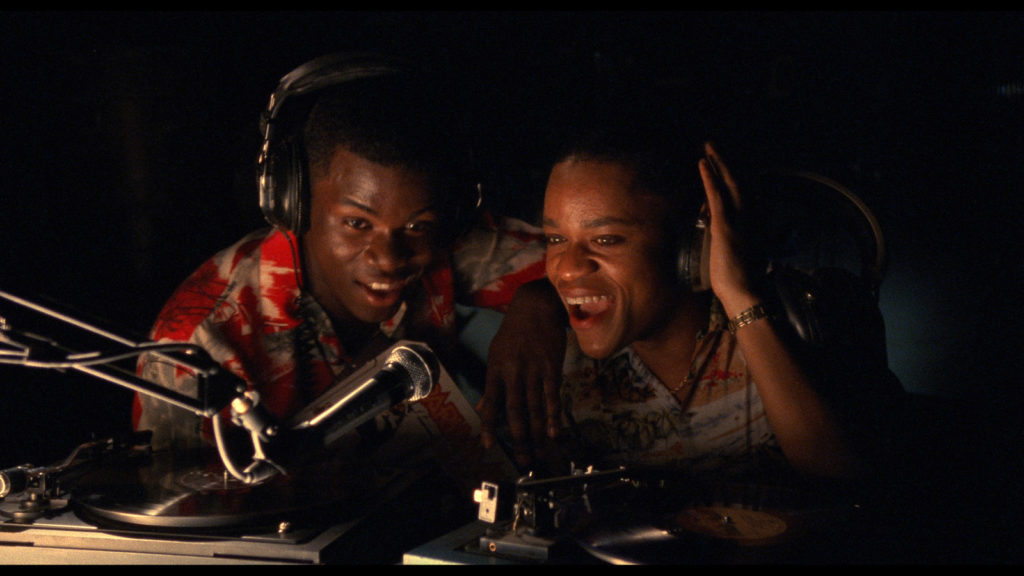
The film’s rights are owned by the BFI as part of the Institute’s Production Board which funded projects between 1962-2000. The original print, duplicate neg and original neg prints stored at BFI Master Film Store near Gaydon were in excellent condition.
“Each reel was inspected for any damage or issues that need manual repair which could be broken perforations or bad splices,” explains Douglas Weir, technical delivery manager, BFI. “Those are repaired and fixed. The whole ethos of film restoration is not to detract in any way from the film image itself. In that sense it’s like restoring a painting.”
After removing dust with an ultrasonic cleaning unit, the neg was scanned to 4K on a Scanity machine at the BFI National Archive then delivered on hard drives to Silver Salt Restoration as a series of DPX files – one file for every single frame of film.
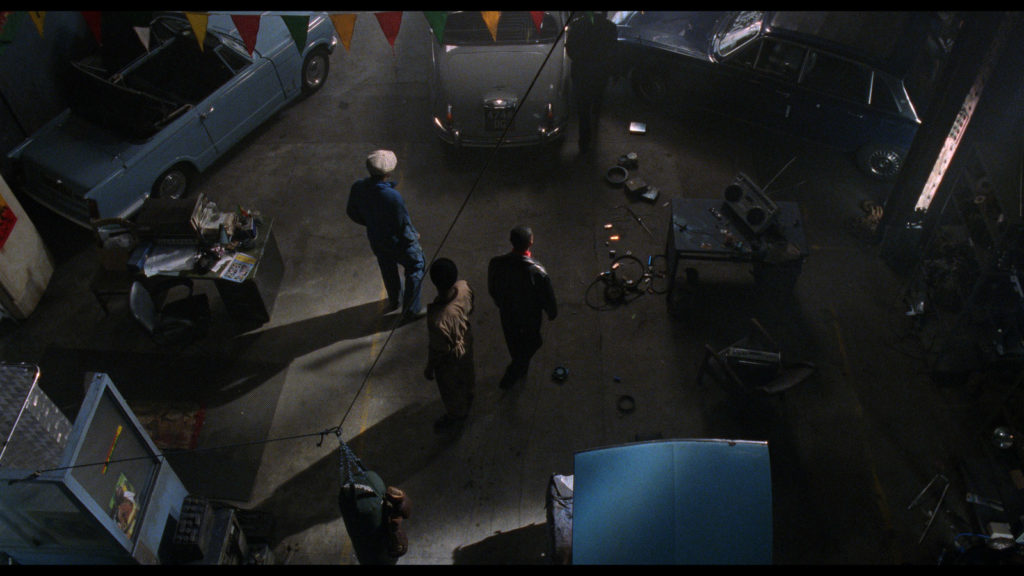
Silver Salt’s team go through every one of those DPX files and remove any tiny defects ranging from positive density dirt (dust, to you and me) and tiny spots or scratches using digital techniques derived from VFX.
“It’s painstaking work but Silver Salt find ingenious ways of patching up frames and replacing anything missing using restoration software,” says Weir.
At this point Julien and the film’s cinematographer Nina Kellgren BSC supervised the grade to match it to the original with colourist Steve Bearman.
“We want to be faithful to how we shot and lit the film and what is remarkable is what we can do now as a continuation of those aspects,” Kellgren explains. “The degree of control you have frame to frame to bring up tone and colour is extraordinary. But we don’t want to pretend it was not shot on 35mm. We retain the grain.”
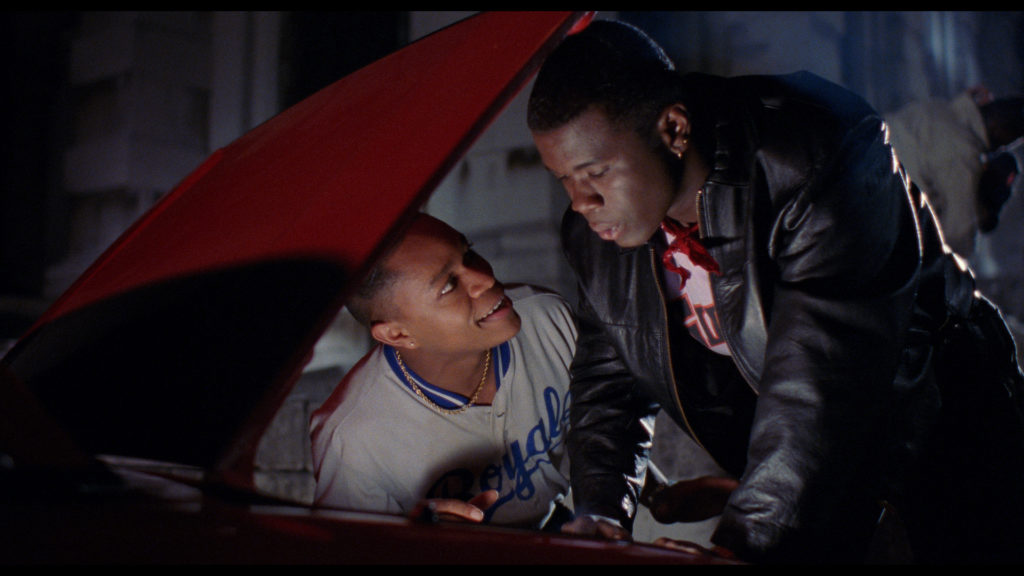
YSR was shot on Kodak EXR Colour neg. 5296 and 5245, processed at Metrocolour and supervised by grader Clive Noakes “with a look designed to have strong contrast and strong key colours. Purple, blue, and red feature specifically,” Kellgren says.
It was Kellgren’s second film with Julien after Looking for Langston and they’ve collaborated on multiple projects since, most recently on Lessons of the Hour (2019).
“We shot [YSR] the summer of 1990,” she recalls. “We had a substantial number of night exteriors and one thing I remember was that we kept running out of darkness. It was only fully dark around 22.30 and when dawn arrived at 04.00am, with a dawn chorus well before that!”
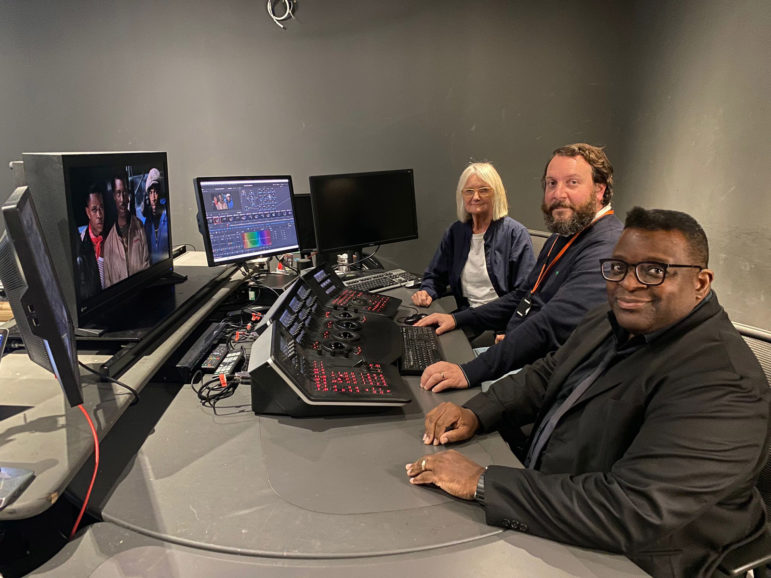
The film’s soundtrack was remixed and remastered in 2009 and will be heard alongside the upgrade picture hopefully in 2022 when the BFI finalise exhibition plans.
Isaac says there’s additional strong interest from US film channel Criterion. “For me, it’s fantastic to see how the younger actors in our film, like Sophie Okonedo, have gone on to have major careers,” he says. “It’s also terrific to see how many talented black British actors and directors are at work today. I think it’s interesting to see how the opportunities for black British talent have developed over the last three decades.”

